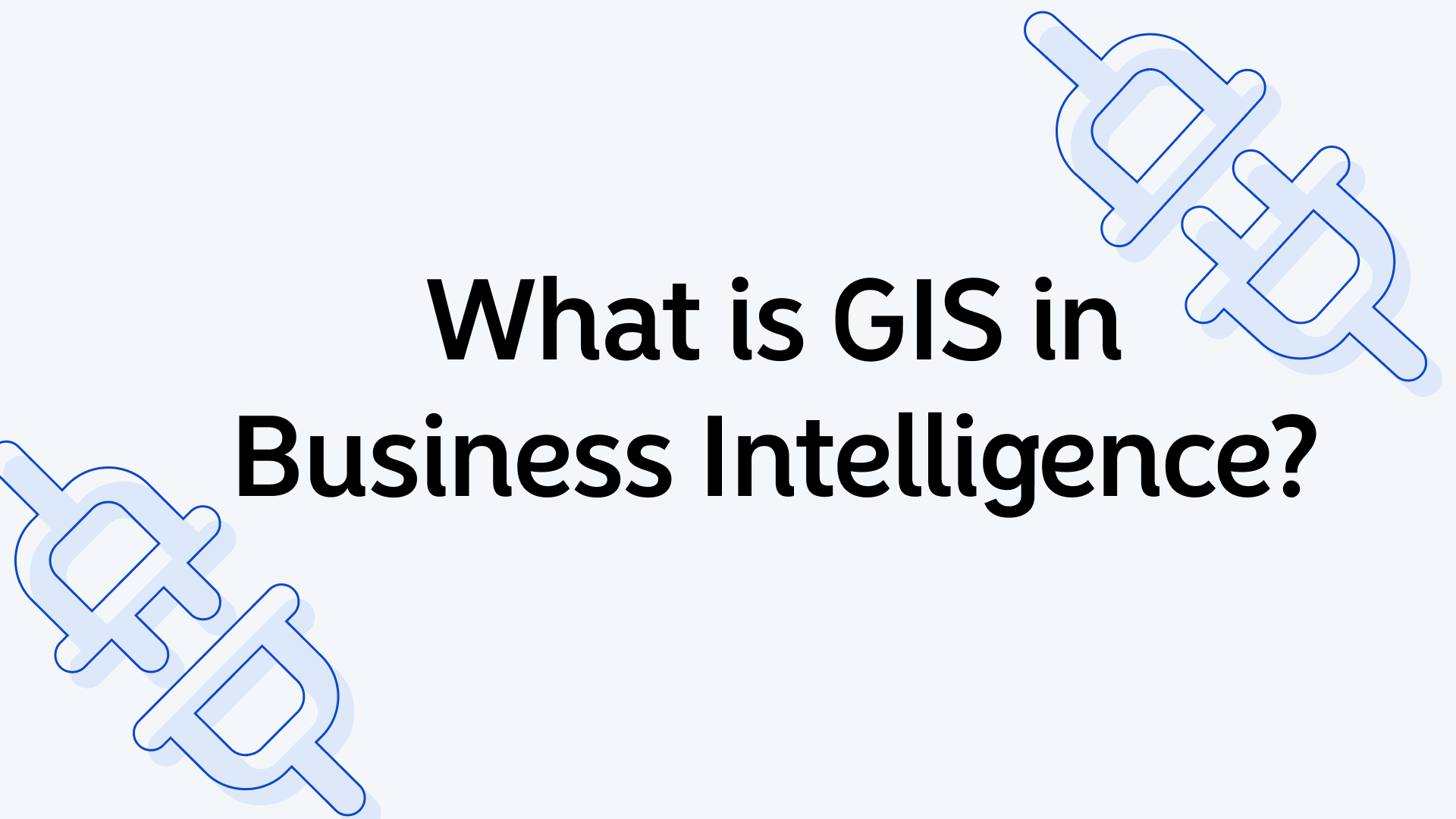Geographic Information Systems (GIS) are tools that allow users to visualize, analyze, and interpret spatial data. When paired with Business Intelligence (BI), GIS becomes a powerful way for companies to gain insights by combining location-based data with business metrics.
How Does GIS Work in Business Intelligence?
GIS in BI involves integrating geospatial data with business data to create interactive maps, dashboards, and reports. This helps businesses understand patterns and trends that are not immediately visible in spreadsheets or standard BI tools.
For example:
- A retail chain can analyze customer footfall data alongside location demographics.
- Logistics teams can optimize delivery routes using traffic and geographic data.
- Real estate developers can overlay market trends with zoning maps.
Key Features of GIS in BI
-
Data Visualization GIS creates dynamic maps that show data distribution across locations. Unlike static charts, these maps let users interact with the data.
-
Spatial Analysis Businesses can perform advanced spatial queries, such as identifying underserved areas, evaluating proximity to competitors, or calculating potential customer reach within a given radius.
-
Predictive Modeling GIS integrates predictive analytics by combining historical data with spatial patterns. For instance, it can predict where sales might grow based on population changes.
-
Decision Support GIS dashboards allow decision-makers to interact with real-time data, helping them make informed choices for expansions, investments, or resource allocation.
Applications of GIS in Business Intelligence
1. Retail and Site Selection
Retailers use GIS to decide where to open new stores. By analyzing foot traffic, customer demographics, and competitors' locations, GIS ensures a data-driven approach to site selection.
2. Logistics and Supply Chain Management
GIS optimizes delivery routes and supply chain operations. For example, delivery companies can visualize traffic data and calculate the fastest routes to reduce fuel costs and delivery times.
3. Marketing and Customer Insights
GIS helps segment customers based on geographic patterns. Businesses can tailor campaigns to regions with high customer density or analyze trends based on climate, urban development, or regional preferences.
4. Utilities and Asset Management
GIS maps infrastructure like pipelines, power grids, or service areas. Utility companies use this to monitor outages, schedule maintenance, and plan for future expansions.
5. Real Estate
GIS assists real estate professionals in identifying profitable locations by overlaying property prices, neighborhood features, and proximity to amenities.
6. Disaster Management
Organizations can plan risk mitigation strategies by mapping hazards like flood zones or earthquake-prone areas. GIS also helps in resource allocation during disaster recovery.
Benefits of Using GIS in BI
- Improved Decision-Making: Combining geographic and business data helps uncover patterns that drive strategic decisions.
- Enhanced Efficiency: Optimizing routes, resource allocation, and operational planning reduces costs and improves service quality.
- Better Communication: Visualizing data geographically helps teams and stakeholders quickly grasp complex information.
- Competitive Advantage: Businesses using GIS can spot opportunities and threats that others might miss.
Tools for GIS in BI
-
Atlas
Atlas is a browser-based GIS platform that integrates easily with BI tools. It enables users to upload, analyze, and visualize geospatial data directly in the browser, making it ideal for collaborative teams. -
Esri ArcGIS
ArcGIS offers advanced GIS capabilities and is widely used for business and spatial analysis. -
Carto
Best suited for workflows and visualizations, providing streamlined tools for spatial data analysis. -
QGIS
A free, open-source GIS tool for detailed geospatial analysis.
Why Businesses Are Embracing GIS in BI
GIS transforms how businesses approach data. Instead of relying solely on numbers, businesses can visualize spatial relationships that add context to their decisions. For instance, analyzing customer data with GIS might reveal that a new store location is better suited in an area with fewer competitors but high foot traffic.
GIS makes BI more intuitive and actionable. Maps tell a story that tables and graphs often can’t.
By integrating GIS into their BI workflows, businesses can make smarter, more confident decisions while staying agile in a competitive market.
Ready to transform your data into actionable insights? Get started here.





